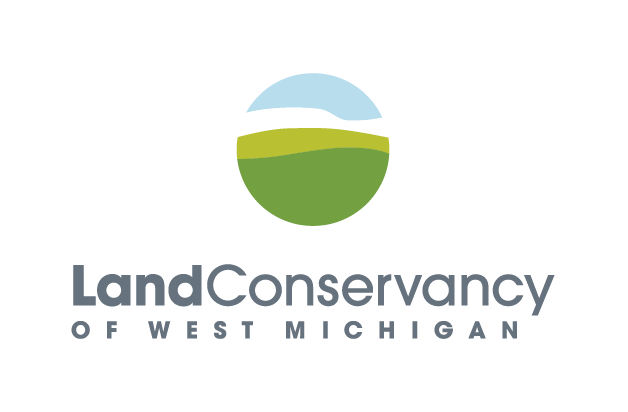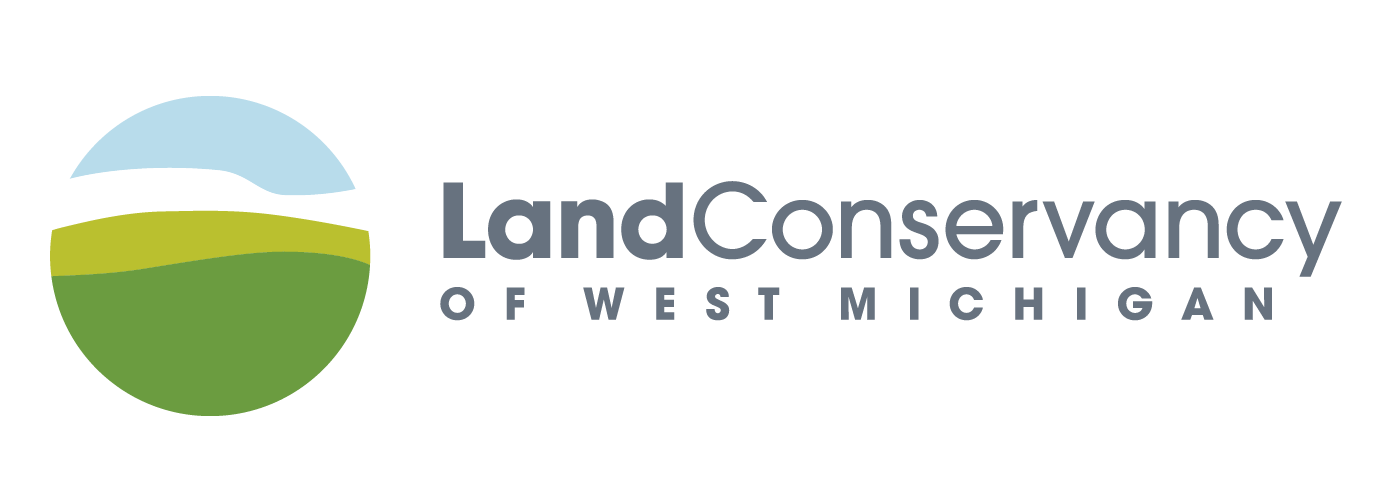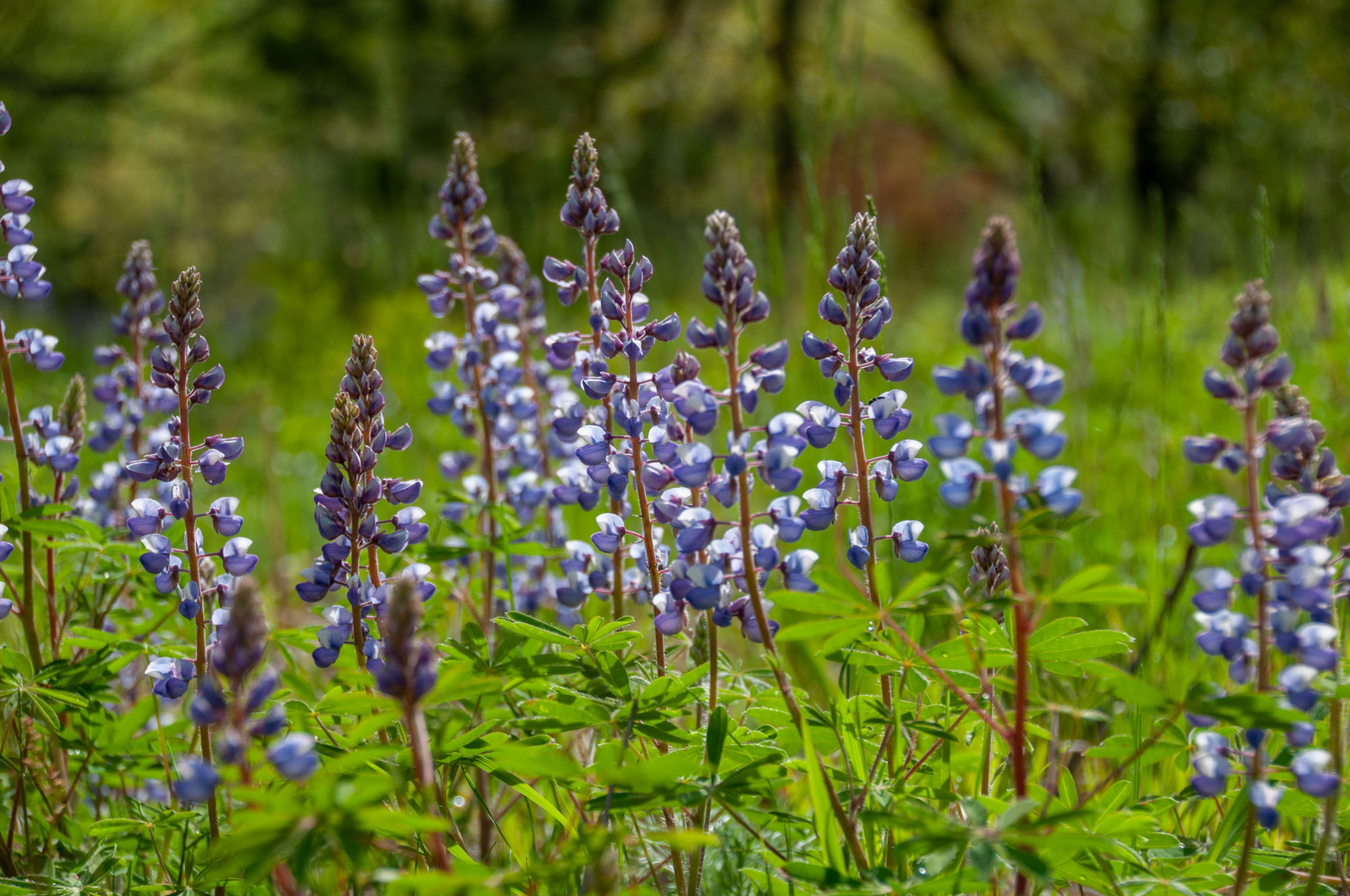
Conservation easement owners can help reintroduce fire to Michigan forests
Over 50 percent of Michigan’s forests, savannas, and barrens are in private ownership. That means ensuring they are protected and restored depends on conservation-minded landowners and support from organizations like the Land Conservancy.
Fortunately, the Land Conservancy has partnered with landowners to protect over 9,300 acres of natural land in West Michigan. Our yearly monitoring visits reveal opportunities to support landowners in caring for the natural habitats on their property—including opportunities to apply prescribed fire.
Dr. Tim Meade owns one of three conservation easement-protected parcels along an oxbow in the Muskegon River. The land is a rolling, oak-pine woodland with river floodplain forest and sedge meadow. It is part of a larger oak barrens community that extends north of the property.
Oak barrens are fire-dependent ecosystems. They are open woodlands with large gaps in the canopy that allow sunlight to reach grasses and wildflowers. Without fire, shrubs and trees fill the gaps and create an overcrowded, over-shaded forest, prohibiting the growth of those grasses and wildflowers that would otherwise provide abundant food and habitat for native birds, wildlife, and insects.
In 2017, on a walk around his property with Pete DeBoer, then the Land Conservancy’s Land Protection Coordinator, Tim learned of the possibility of using prescribed fire to support the health of his land. Pete connected Tim with the Michigan Department of Natural Resources, which had funding that could be used to pay for the burn.
“Once I started getting involved in it, the other two lot owners wanted in too,” Tim said.
The DNR coordinated with Blue Heron Ministries to arrange the prescribed burn. They created a plan that encompassed almost the entirety of the three parcels, a total of 197 acres. Blue Heron Ministries executed the burn in the late spring of 2018.
“This burn was interesting because it involved multiple ownerships which allowed the fire to burn in a more natural pattern across the landscape, burning out in cooler damper areas creating unburned refuges and consuming fuel in the warmer dryer areas to create conditions suitable for new growth to establish,” said Conservation Easement Stewardship Specialist Nick Sanchez. “It also used the Muskegon River as a firebreak, which is cool because it was likely the historical firebreak for the barrens as well.”
In the years since the burn, Tim has been able to watch the landscape’s response over time.
“It cleared out a lot of the brush and downed timber which opened things up,” Tim said. “The growth that came back the initial year was fantastic. The ferns were huge.”
Since then, it’s the wild raspberries that have really started to thrive. Scientists believe that wild raspberry plants, like wild blueberries and cherries, have life cycles that have adapted to periodic fire. The conditions after a fire disturbance are just right for their seeds to germinate, and the plants are quick to take advantage of the sunnier and more open conditions.
Tim is working with a forester to develop a plan to help further encourage the regeneration of oak trees on his land. Fire helps lay the groundwork for oak saplings to flourish, but hungry deer like to eat them.
Tim hopes he can continue to use fire to support the natural communities on his land.
“It’s a great management tool to try to knock out some of the obnoxious plants that grow in there and open areas up for better growth,” Tim said. “It’s something that I would like to continue doing on a regular basis. If it’s available, I would highly recommend it for just about anybody.”
Landowners interested in applying prescribed fire should consult with the Land Conservancy.
“Prescribed fire is a safe and effective tool, but it does not come without risks,” Nick said. “Careful planning and assistance by a professional burn crew is needed. If landowners are interested in potentially using fire as a restoration tool on their land, the first step is to talk with the Land Conservancy about how to get a professionally prepared forestry or wildlife habitat plan.”




